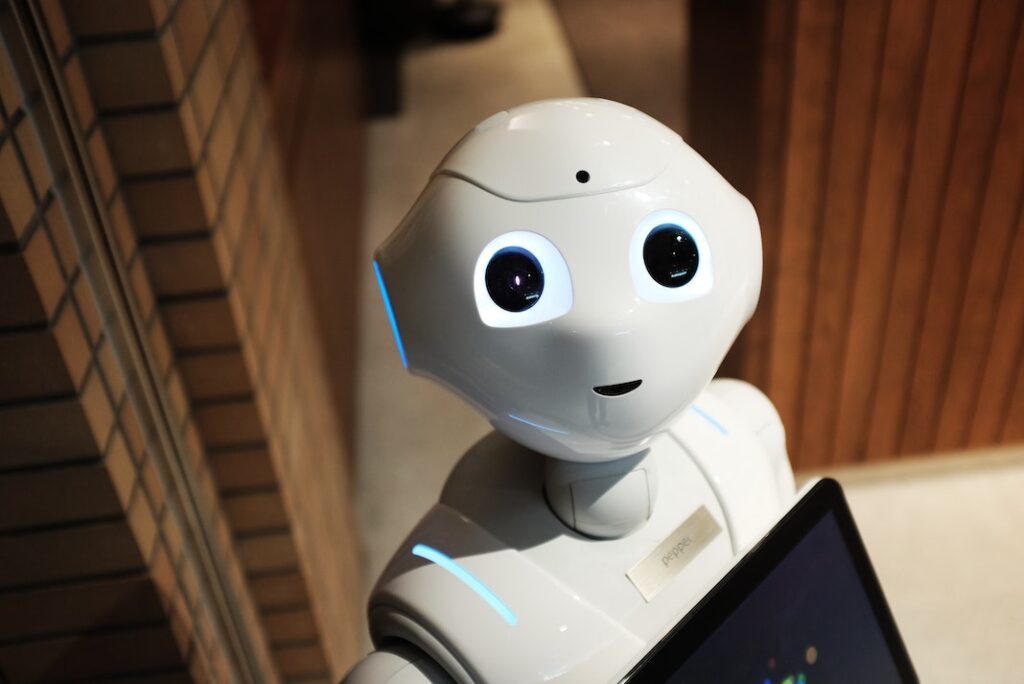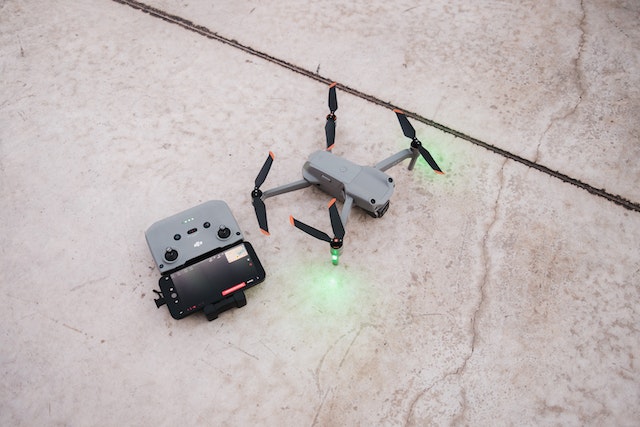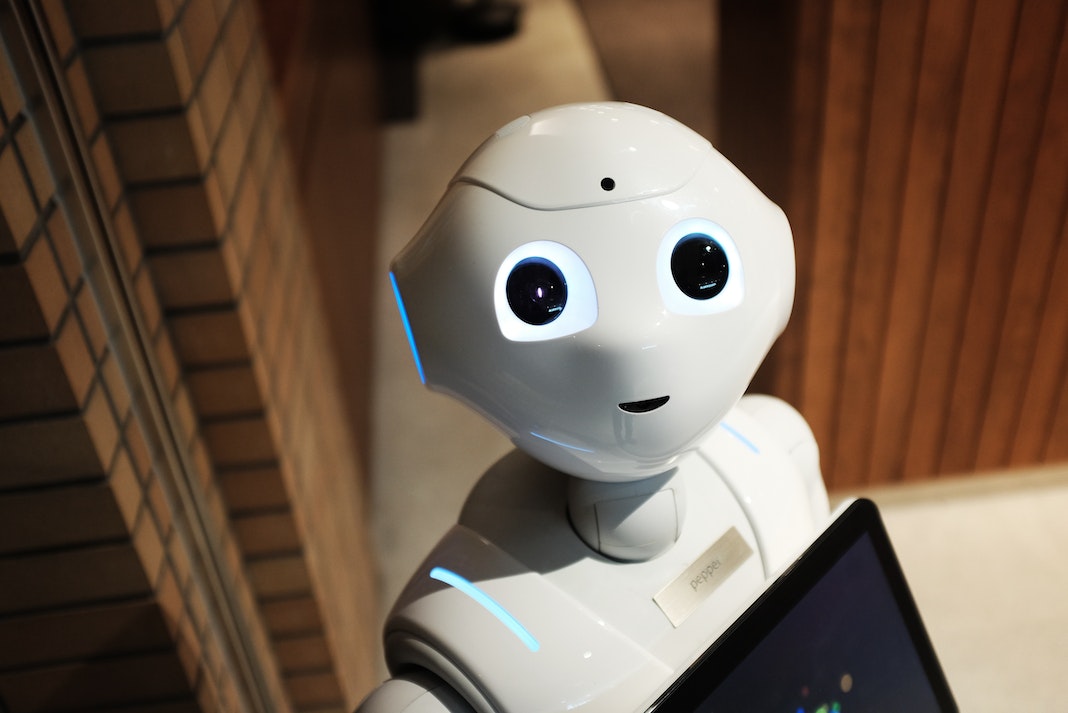The use of technologies like virtual reality (VR) and augmented reality (AR) has the potential to completely change how we interact with our surroundings. AR enriches the actual world by superimposing digital information over the user’s view of the physical surroundings, whereas VR immerses the user totally and transports them to a virtual world.
The primary difference between AR and VR is how they are used. By superimposing digital data over the user’s perspective of the real world, augmented reality (AR) often improves photographs taken by a camera, such as a smartphone camera. Augmented reality (AR) technology enhances the real-world environment by adding virtual elements to it. These virtual elements can be in the form of images, videos, or 3D models and can be overlaid on the user’s view of the real world through a device such as a smartphone or a head-mounted display. Unlike VR, users are not transported to a completely different environment, but rather their perception of the real world is augmented with additional digital information.
On the other hand, VR opts for a more immersive approach, using special glasses and headphones to block outside images and audio, creating a fully digital experience. These devices use cameras and gyroscopes to track user movement and provide an immersive simulation where users have a feeling of being in a virtual world. Virtual reality (VR) technology creates a fully immersive, computer-generated environment that users perceive as being real through the use of various sensory inputs, such as visual, auditory, and haptic feedback. The user is fully immersed in the simulated environment and is able to interact with it as if it were real.

Also Read: 4 Ways To Identify AI-Generated Content
The Evolution of AR/VR
The application of augmented reality (AR) and virtual reality (VR) technology in various products intended for general use has increased recently. The goal of AR and VR is to improve the user’s experience by extending reality and obfuscating the boundary between the virtual and real worlds.
Although VR has been around since the 1960s, it wasn’t until the 21st century that the technology was sufficiently developed to produce fully immersive experiences. In order to provide more interactive and immersive experiences, VR technology is currently being employed in a range of industries, including gaming, entertainment, and education. By 2024, the VR market is anticipated to grow to $44.7 billion.
Similarly, AR technology has been around since the 1990s, but it wasn’t until the launch of the iPhone in 2007 with the introduction of ARKit, that it became mainstream. AR technology is now being used in a variety of industries, such as healthcare, retail, and tourism, to improve efficiency, productivity, and the overall user experience. The AR market is projected to reach $198 billion by 2025.
Both VR and AR technology have the potential to change the way we live, work, and play. In healthcare, for example, VR and AR technology can be used to improve patient outcomes and reduce costs by providing new training and treatment options. In retail, VR and AR technology can be used to create virtual stores and product demonstrations, while in education, VR and AR can be used to create interactive and immersive learning experiences.
In addition to the potential benefits in specific industries, VR and AR technology also have the potential to change the way we interact with each other and the world around us. As these technologies continue to advance, we can expect to see even more innovative uses for VR and AR in the future.

Also Read: Why Investors Are Excited About ChatGPT and AI
Virtual Reality in Gaming
VR gaming systems often incorporate motion-sensing controllers, such as the Oculus Touch or the PlayStation Move, to allow players to interact with the virtual environment in a more natural way. These controllers track the player’s hand movements and translate them into in-game actions, such as picking up and throwing objects or using weapons.
One of the key advantages of VR gaming is the level of immersion it provides. The fully-enclosed nature of the VR headset, combined with the tracking technology and motion controllers, make it feel as though the player is truly inside the game world. This level of immersion can make the gaming experience more exciting and engaging, as players feel like they are actually participating in the game rather than just watching it on a screen.

Another advantage of VR gaming is the ability to provide a more realistic and lifelike experience. VR technology can simulate realistic physical sensations, such as weight and motion, which can make the game world feel more believable and tangible. This can be especially effective in games that involve fast-paced action, such as first-person shooters, where players need to react quickly to incoming threats.
In conclusion, VR gaming systems offer a unique and immersive experience that sets them apart from traditional gaming. By simulating physical presence in a computer-generated environment, VR games can provide a more realistic and engaging experience for players. With advancements in VR technology, we can expect to see even more innovation and advancements in VR gaming in the future.
The potential applications of VR and AR in other industries are vast and varied. From architecture and construction to automotive and education, these technologies have the power to change the way we work, learn and play. They are opening up new possibilities and creating new opportunities for innovation, efficiency and growth.
Also Read: Top 15 Technologies To Learn In 2023
Augmented Reality in Healthcare
Imagine a world where doctors and surgeons can see inside the human body as clearly as we can see the world around us. A world where medical students can learn and practice procedures in a safe, simulated environment. A world where patients can visualize and understand their own conditions and treatments. This is the world of Augmented Reality in Healthcare.
Augmented Reality (AR) technology has the potential to revolutionize the medical field by providing new and innovative ways to diagnose, treat, and educate patients. By overlaying digital information onto the real world, AR allows doctors and medical professionals to access critical information and visual aids in real-time, improving the accuracy and efficiency of their work.
One of the most exciting applications of AR in healthcare is in the field of surgery. AR can provide surgeons with real-time, 3D visualizations of a patient’s anatomy, allowing them to see inside the body and plan the best course of action. This can greatly improve the precision and success rate of surgeries, reducing the risk of complications and the need for repeat operations.
AR can also be used to educate medical students and train surgeons in a safe and realistic environment. By simulating procedures and providing virtual anatomy lessons, students can gain hands-on experience and learn complex procedures in a safe setting.
Robot-assisted surgery is one of the most significant applications of augmented reality (AR) in healthcare. The use of robots in surgery can provide a number of benefits, such as increased precision, improved dexterity and reduced patient recovery times. In robot-assisted surgery, a surgeon uses a remote control to manipulate a robotic device that is inserted into the patient’s body. The robot’s arms are equipped with cameras and other sensors, which provide the surgeon with a high-resolution, 3D view of the patient’s anatomy. This allows the surgeon to perform complex procedures with greater accuracy and precision, which can result in better outcomes and fewer complications.
Another application of AR in healthcare is wound care management. In wound care, AR can be used to provide doctors with real-time, 3D visualizations of wounds, allowing them to see inside the wound and plan the best course of action. This can greatly improve the precision and success rate of wound care procedures, reducing the risk of complications and the need for repeat operations. Additionally, AR can be used to provide patients with visual aids to help them understand their wounds and the care they need to take.
AR can also be used to improve patient understanding and engagement in their own healthcare. Patients can use AR to visualize their own conditions, such as tumors or damaged joints, and better understand their treatments and recovery process. By using AR, patients can become more involved in their own care, which can improve their outcomes and speed up recovery times.
AR is also used in various fields like physical rehabilitation, dental surgery, and radiology. In physical rehabilitation, AR can be used to provide patients with virtual reality-based exercises that can help them recover from injuries and surgeries. In dental surgery, AR can be used to provide dentists with real-time, 3D visualizations of patients’ teeth, allowing them to plan and perform procedures with greater accuracy. In radiology, AR can be used to provide radiologists with real-time, 3D visualizations of patients’ internal organs, allowing them to detect and diagnose conditions more accurately.
Also Read: 8 Future-Proof Technical Skills That Can’t Be Replaced By Robots And Automation
Potential Applications of VR and AR in Other Industries
Virtual reality (VR) and augmented reality (AR) are not just limited to the world of gaming and healthcare, they have the potential to revolutionize other industries as well. Imagine being able to design and test a building before it’s even built, or being able to train for a job without ever leaving the classroom. The possibilities are endless.
One industry that is already seeing the benefits of VR and AR is the architecture and construction industry.
With VR, architects and builders can create virtual models of their designs and walk through them as if they were actually there. This allows them to identify any potential issues and make changes before any physical construction takes place, saving time and money. AR, on the other hand, can be used on construction sites to provide workers with real-time information and instructions, making their jobs safer and more efficient.
Another industry that can benefit from VR and AR is the automotive industry. Car manufacturers can use VR to create virtual test drives, allowing potential customers to experience a car before it’s even built. AR can also be used to provide mechanics with real-time information and instructions when working on a car, making the process of repairing and maintaining vehicles faster and more accurate.
The education and training industry can also take advantage of VR and AR. With VR, students can take virtual field trips, visit historical sites and experience simulations of different scenarios. This provides a more engaging and interactive learning experience. AR can also be used to provide students with real-time information and visual aids, making the learning process more interactive and effective.
In retail, AR can be used to create virtual fitting rooms and allow customers to see how clothes, furniture and other items will look in their home before making a purchase.
Conclusion
The potential applications of VR and AR in other industries are vast and varied. From architecture and construction to automotive and education, these technologies have the power to change the way we work, learn and play. They are opening up new possibilities and creating new opportunities for innovation, efficiency and growth.





































